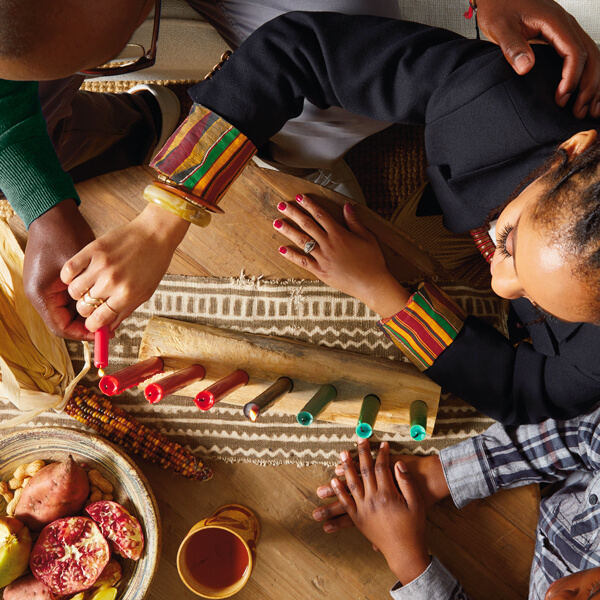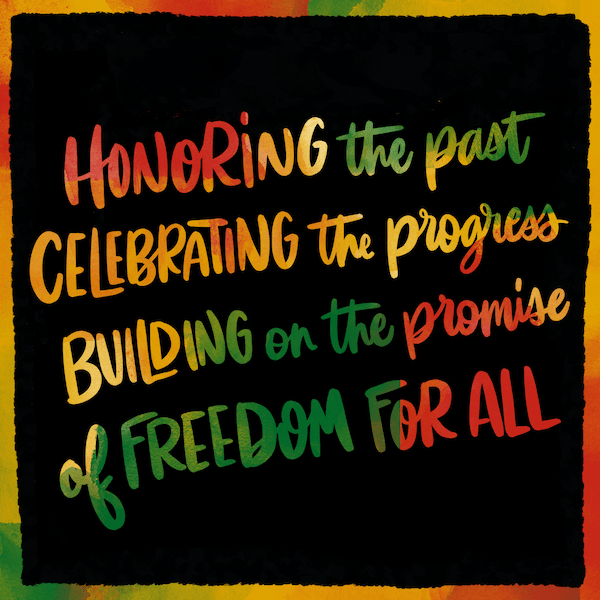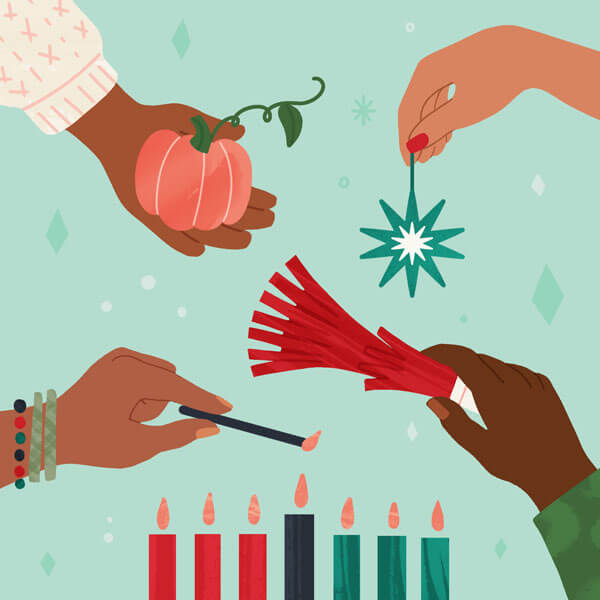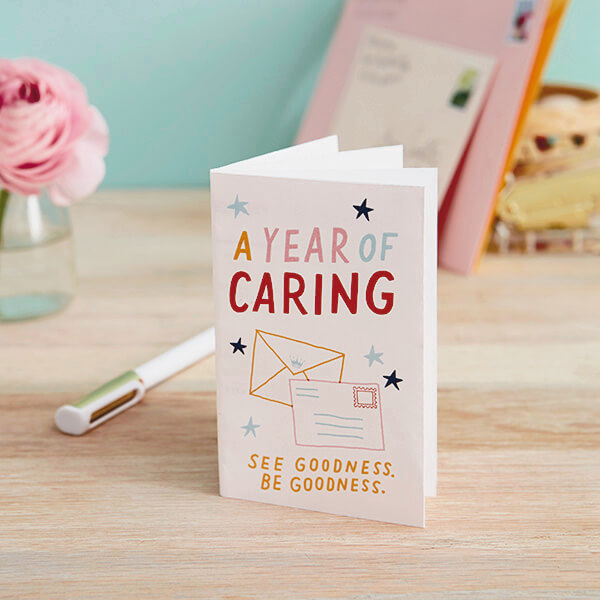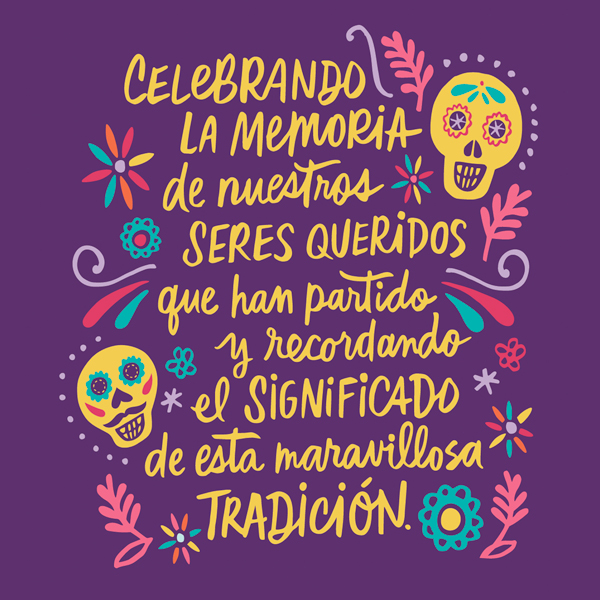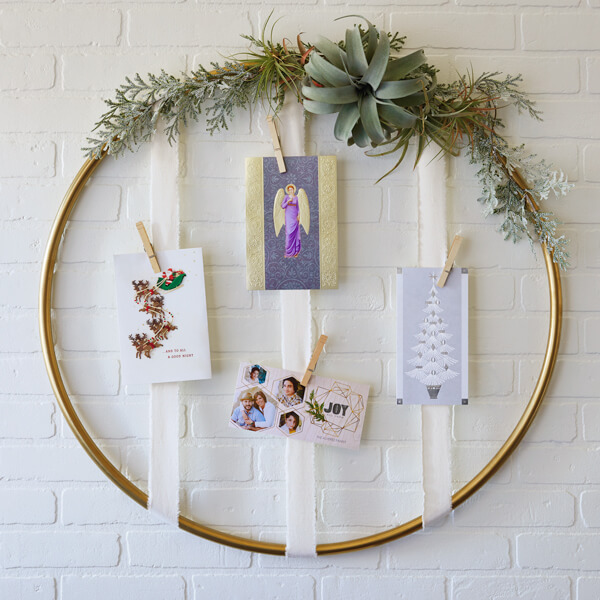What is Three Kings Day?
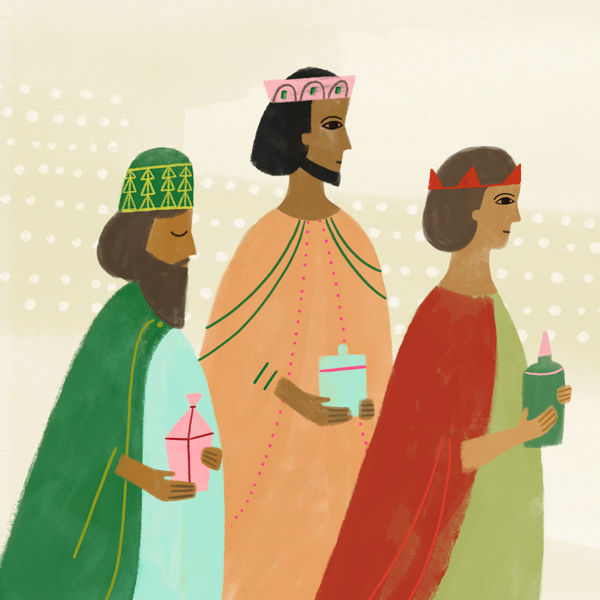
Each January 6th, Latinx families around the world celebrate Three Kings Day— Día de los Tres Reyes Magos or Día de Reyes for short—also known as the Feast of the Epiphany and the end of the Twelve Days of Christmas. Three Kings Day has deep religious and cultural significance to the Latinx community.
Inspired? Create and share by tagging @hallmarkstores.
A Holiday With Rich History
According to the biblical story, the Three Kings (also called wise men or magi), named Melchior, Caspar and Balthazar, followed the Star of Bethlehem to find the birthplace of the Christ Child. They presented the baby Jesus with gifts of gold, frankincense and myrrh on January 6th, precisely twelve days after Christmas.
These gifts were symbolic of the baby’s destiny: gold represented the belief Jesus would be king of the Jews, frankincense symbolized his divine nature and myrrh represented the suffering Jesus would eventually endure in his lifetime.
Because of the cultural importance of this story, nativity scenes are often a part of Latinx households as a way to celebrate the arrival of the three kings.
“As a kid growing up in Colombia, we created this huge manger. We had the three kings figures ‘walk’ slowly and steadily as the days progressed. We always looked forward to the day they actually arrived to see baby Jesus.” —Luis B.
A Time of Special Traditions
Three Kings Day brings beloved traditions that kids—and their parents—look forward to year after year. In Mexico and other Latin American countries, the three wise men, as the gift-givers, are more popular than Santa Claus. Kids love to get their pictures taken with them.
Children put wish lists inside old shoes and leave them out for the wise men to fill with gifts. Some children send their letter to the three kings by tying it to a balloon and releasing it into the air. Another common tradition is leaving out grass and water for their camels.
Because the eve of Three Kings Day is also known as the Twelfth Day of Christmas, Latinx families will often leave their Christmas trees up until January 6th.
“We ABSOLUTELY could not take down our Christmas tree until that day. Had to explain this tradition to my friends when they asked why our tree was still up.”—Maria V.
A Day of Delicious Treats
A central part of any Three Kings Day celebration is, of course, the mouthwatering food. In Latin American countries, the celebration is enjoyed al fresco, with traditional dishes like plantains, nopales, black beans and rice, and yucca.
But the most important part of the feast is the Rosca de Reyes (“king’s wreath”), a sweet bread baked in the shape of a wreath and decorated with dried and candied fruits. Eating the cake is a treat in itself, but there’s also an element of fun baked right in—one special slice contains a hidden figurine symbolizing the Baby Jesus. (Rosca de Reyes is similar to the Mardi Gras tradition of the King Cake.)
Whoever finds the figurine in their piece of cake must host a feast on February 2nd, el día de la Candelaria (Day of the Candlemas).
A Season of Blessings
Three Kings Day is a truly special celebration for Latinx people everywhere. It’s a meaningful, magical time of year that brings people together to celebrate what’s most important to them: family and faith. Taking time to observe its traditions and customs is an opportunity to reflect on all of the blessings of the past year and the excitement of the one to come.
“The whole point is to celebrate the birth of Jesus. He always comes first. I want to pass down this family tradition to my daughter, who is Mexican American. I want her to understand her roots and where she comes from and to keep and create new traditions for the next generations and memorable moments grounded in faith.” —Cindy P.
Shop Christmas
See allYou may also like
See more-
Christmas Sweet dreams, Santa!
Catch Santa napping on the job with this Snoring Santa Keepsake Ornament featuring sound and motion. With every snore...
-
Kwanzaa What is Kwanzaa?
What is Kwanzaa? A festival of lights rich in African symbolism, it takes place each year from December 26th through ...
-
Christmas Advent calendar activities for adventurous families
It’s time to start the countdown. Maybe it’s about being mindful…or counting your blessings…or preempting your kids a...
-
Summer Ways to celebrate Juneteenth
While Juneteenth was officially recognized as a federal holiday in 2021, this pivotal moment in history has been cele...
-
Christmas Christmas and Kwanzaa: Keeping family holiday traditions and finding your own
Whether you’re single or starting a family, religious or agnostic, someone who celebrates Christmas and Kwanzaa or ju...
-
Halloween Make ghosts and goblins feel right at home this Halloween
Light up your home with haunting Halloween seasonal decor. 🎃👻 Shop now at Hallmark Gold Crown stores or at Hallmark.com.
-
Halloween No scaredy cats around here!
When this black cat crosses your path, you know fun can't be far behind. 😻 🧙♀️ Shop the Zip-A-Long Cat in Hallmark G...
-
Halloween While you’re waiting for The Great Pumpkin this Halloween…
Fly around the pumpkin patch with Zip-a-long Snoopy! 🎃 Shop more frightening finds in Hallmark Gold Crown stores and ...
-
Halloween Light up the night with frightful fun!
Could it be? Could it be!? Yes it is! It’s the Peanuts® Snoopy and Woodstock Halloween figurine! 🎃 🐶 Find it and more...
-
Halloween Where cozy meets mischief and magic
Make some magic this Halloween with this Hocus Pocus hooded blanket. 🧙♀️👻Find more Halloween essentials in Hallmark ...
-
Gifting Relive a favorite from your childhood!
Fill your home with a few small joys inspired by Disney’s “It’s a Small World” 🩵🎎 Shop the collection at Hallmark Gol...
-
Halloween Which house will you be sorted into?
The Harry Potter™ Sorting Hat™ Mug plays sound whenever you lift the lid. Find this chatty mug in Hallmark Gold Crown...
-
Encouragement How to support caregivers
It’s often hard to know how to support a caregiver. Most caregiving checklists out there hit the major topics like me...
-
Love 50 different ways to say I love you
You don’t need to wait for a special occasion to remind that certain someone how much he or she is loved. Spice up yo...
-
Graduation 15 graduation quotes
Celebrate your favorite grad’s milestone with the wit and wisdom of Hallmark writers, fans and others. We’ve rounded ...
-
Congratulations How to congratulate someone
Congratulating others is easy and fun, right? Like when your friend worked really hard and got that awesome job makin...
-
Care & Concern Be more caring with a kindness journal
It's obvious the world could use more kindness. So this year, why not make "be more caring" your number one resolutio...
-
Fall Día de Muertos: A celebration of life and love
Día de Muertos, Day of the Dead, is a holiday originally celebrated in the southern and central parts of Mexico and i...
-
Card Ideas Card messages for kids: What to write in a kid’s holiday card and more
My 3-year-old was having a hard time at preschool drop-off. Dragging his feet. Asking to stay home. This went on a fe...
-
Christmas 6 Creative Christmas Card Display Ideas
Holiday card season is here: Our mailboxes are about to fill up with festive envelopes with pretty stamps and familia...


